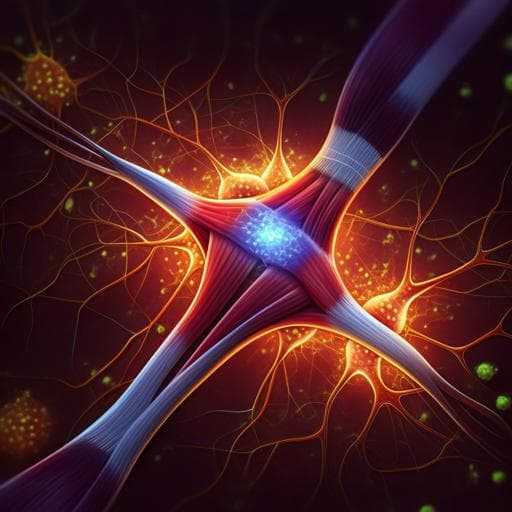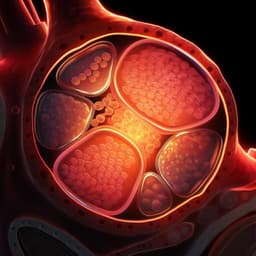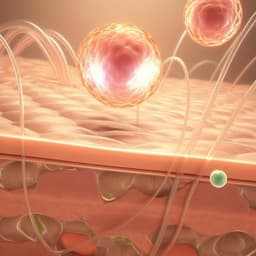
Medicine and Health
Human sensorimotor organoids derived from healthy and amyotrophic lateral sclerosis stem cells form neuromuscular junctions
J. D. Pereira, D. M. Dubreuil, et al.
This groundbreaking research showcases how human induced pluripotent stem cells (iPSC) can be utilized to model various subgroups of amyotrophic lateral sclerosis (ALS), providing insights into the nuances of disease progression through the development of functional sensorimotor organoids with neuromuscular junctions. Conducted by esteemed researchers including João D. Pereira and Brian J. Wainger, this study pushes the boundaries of precision medicine.
~3 min • Beginner • English
Related Publications
Explore these studies to deepen your understanding of the subject.







